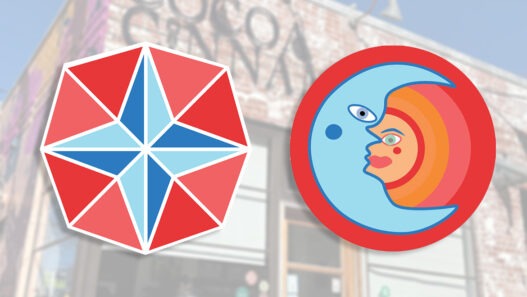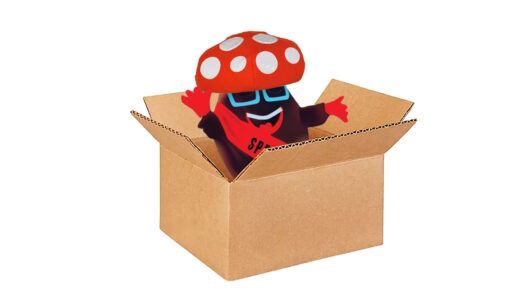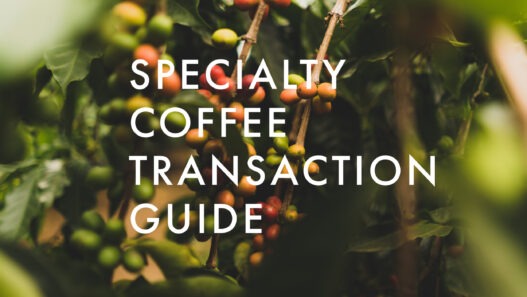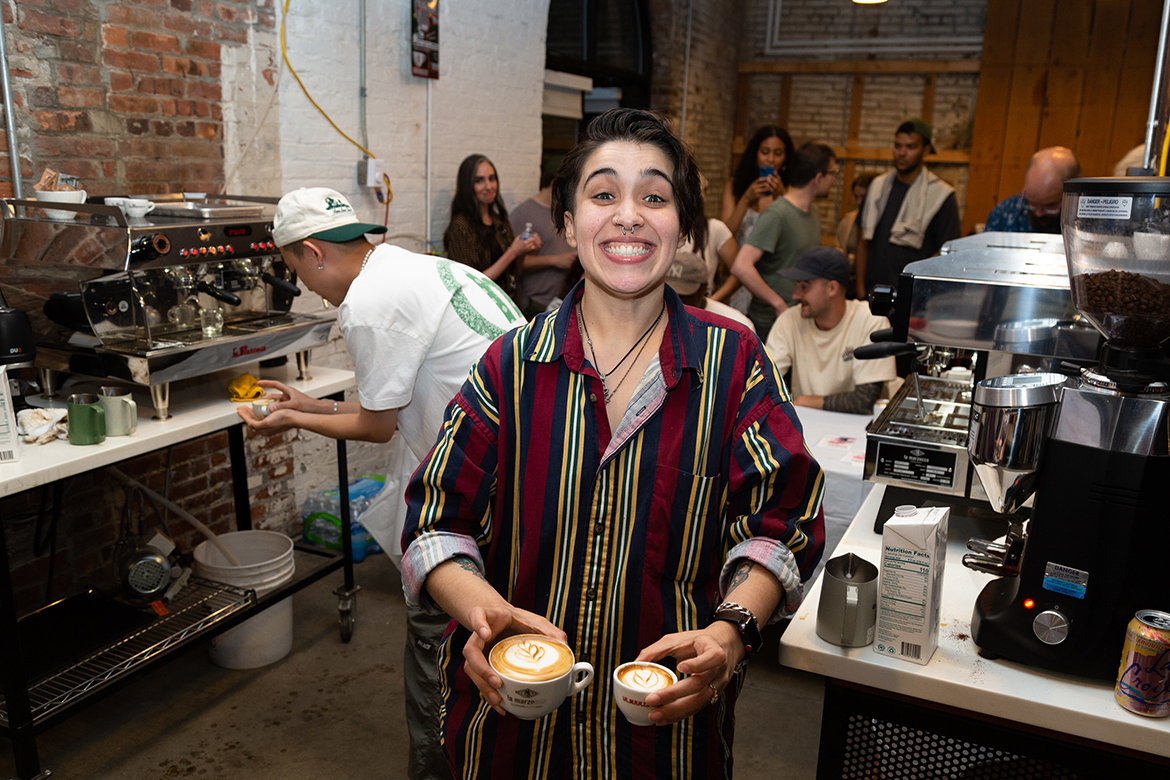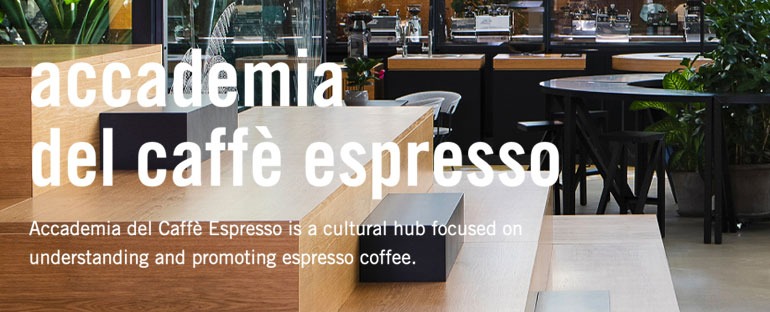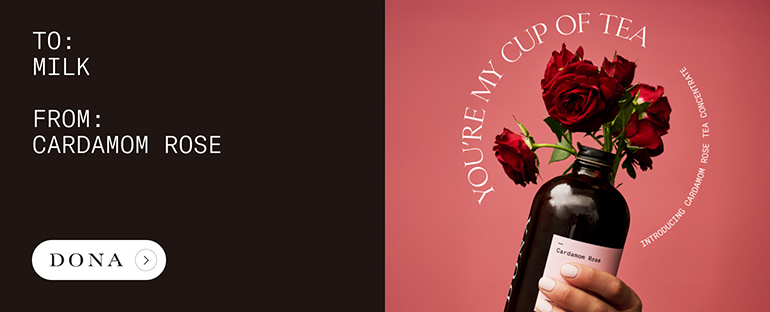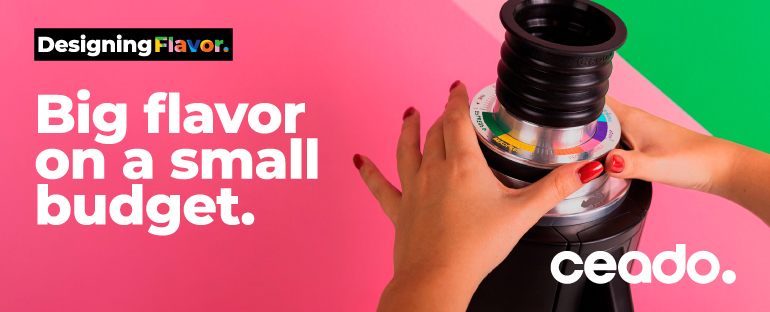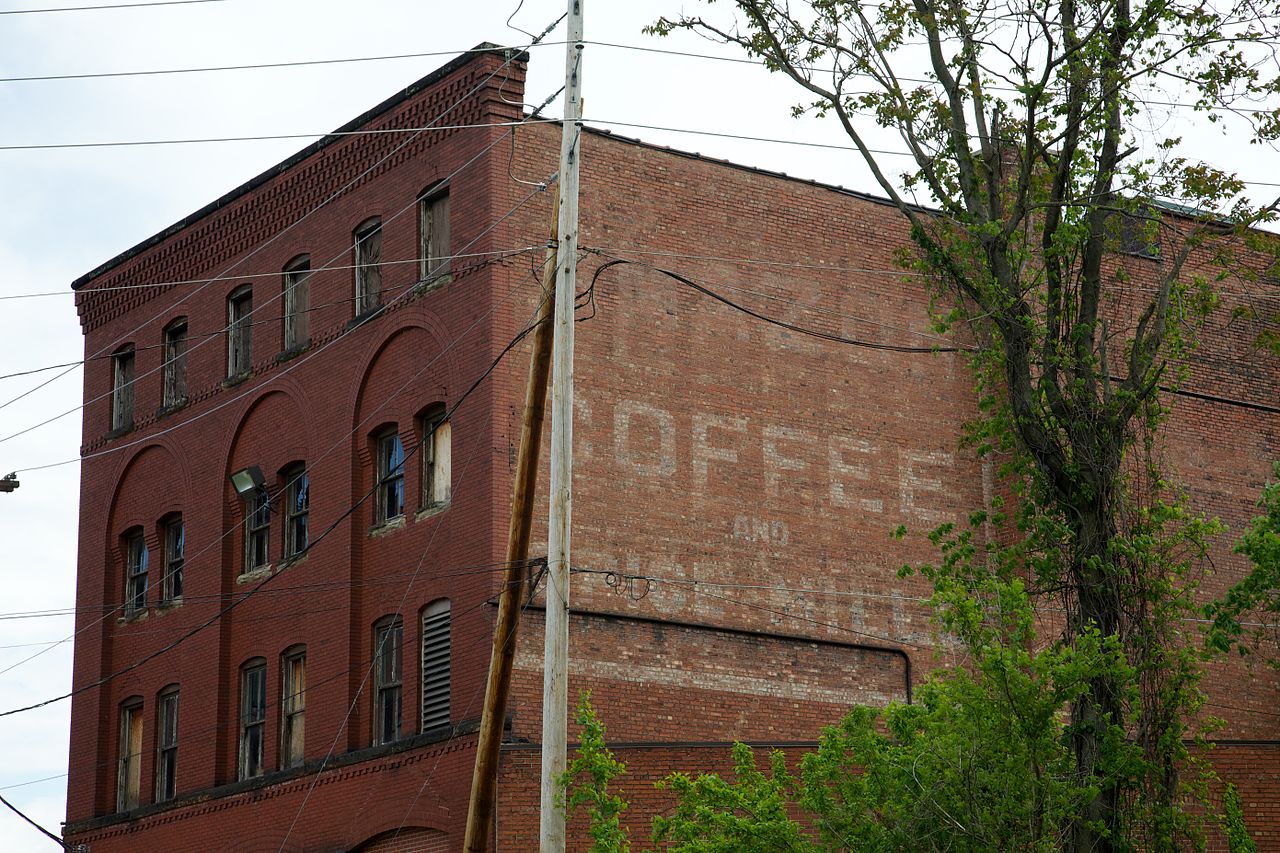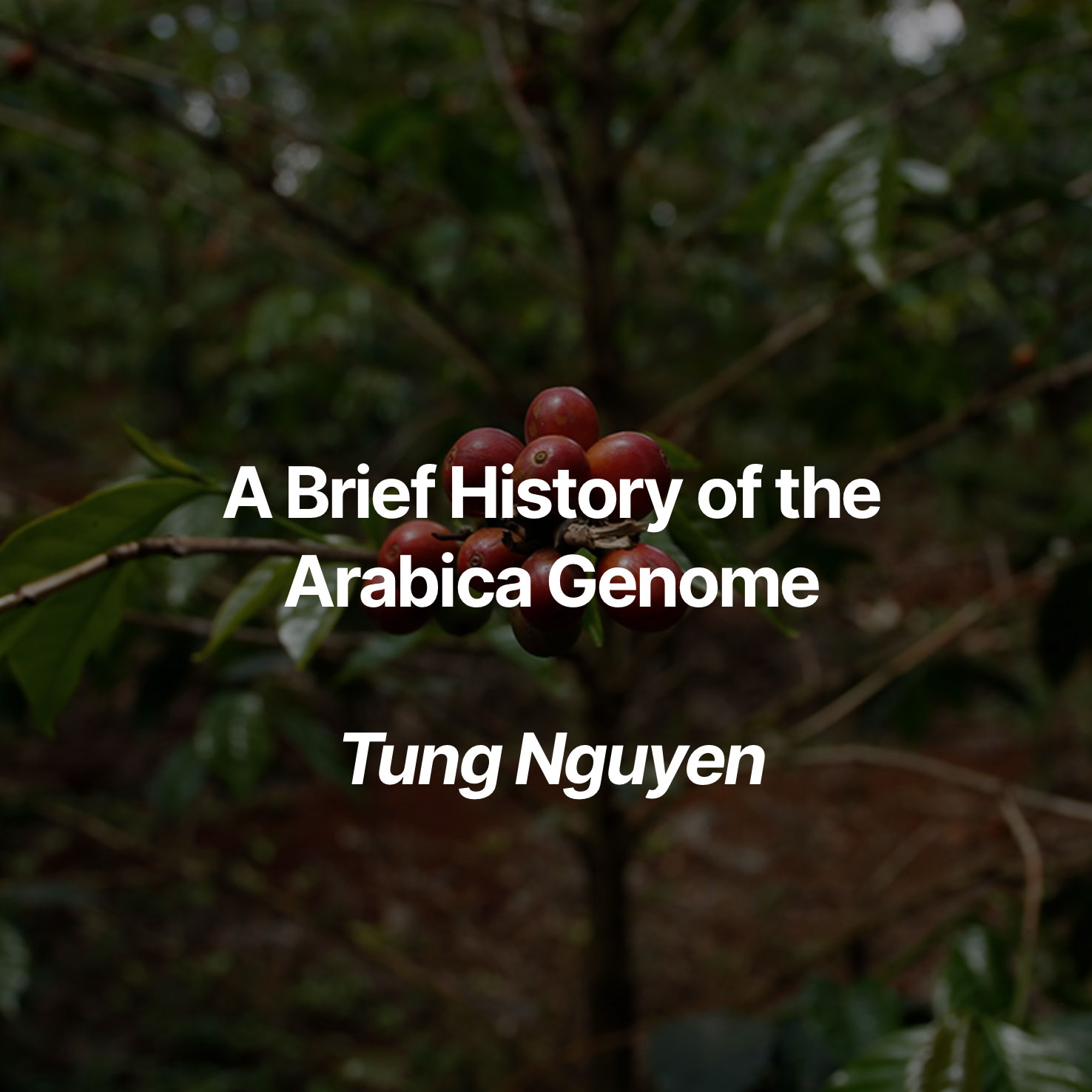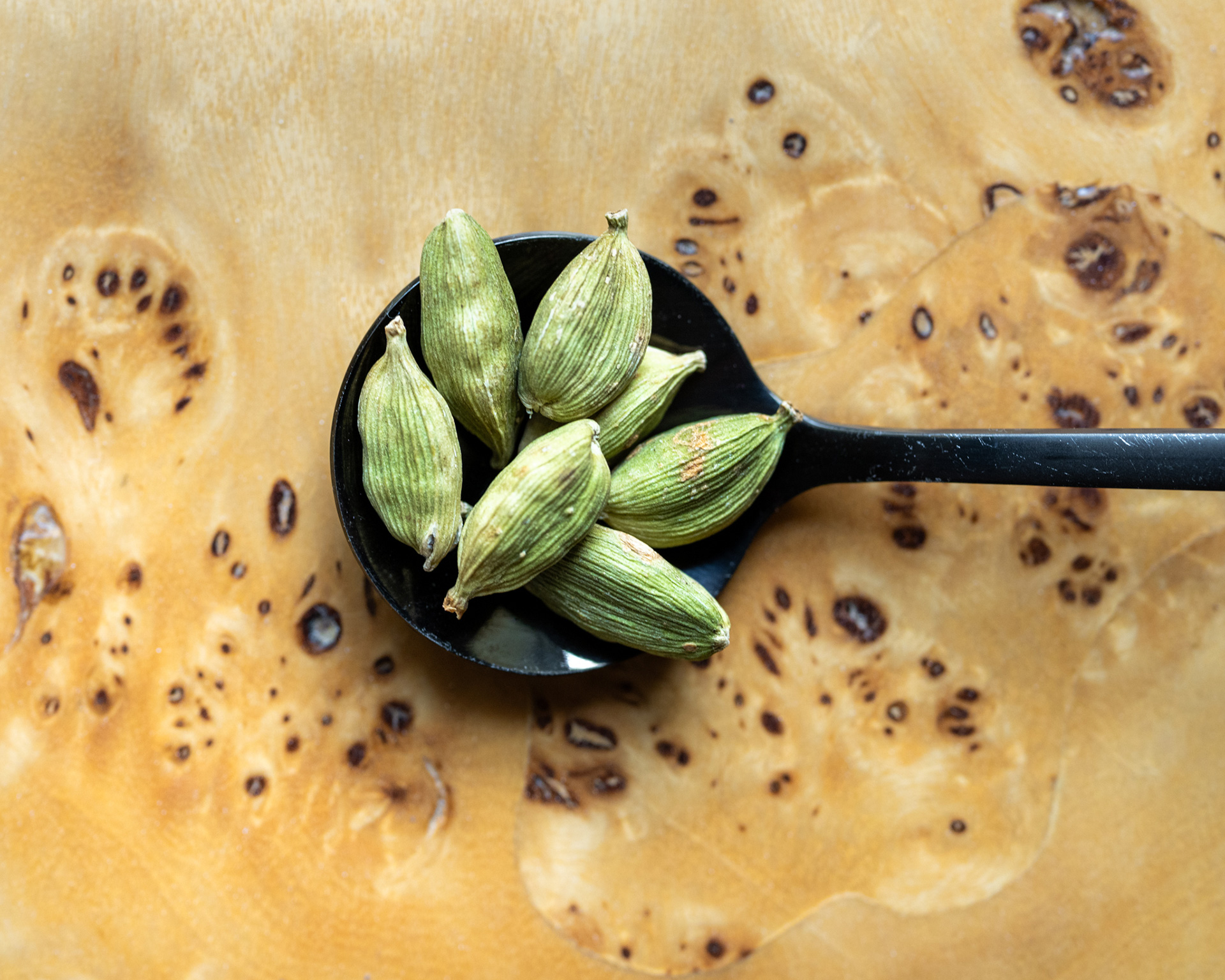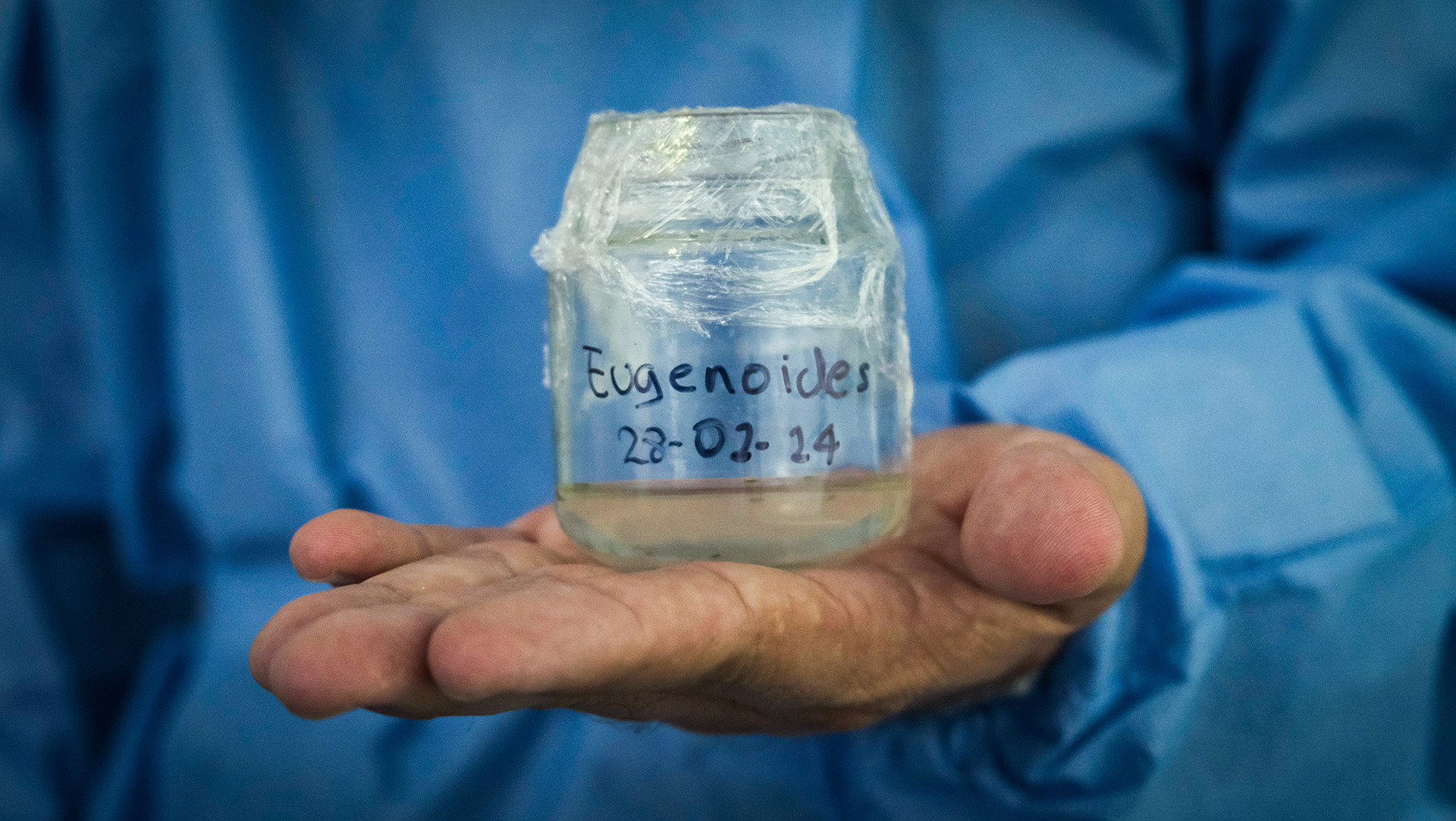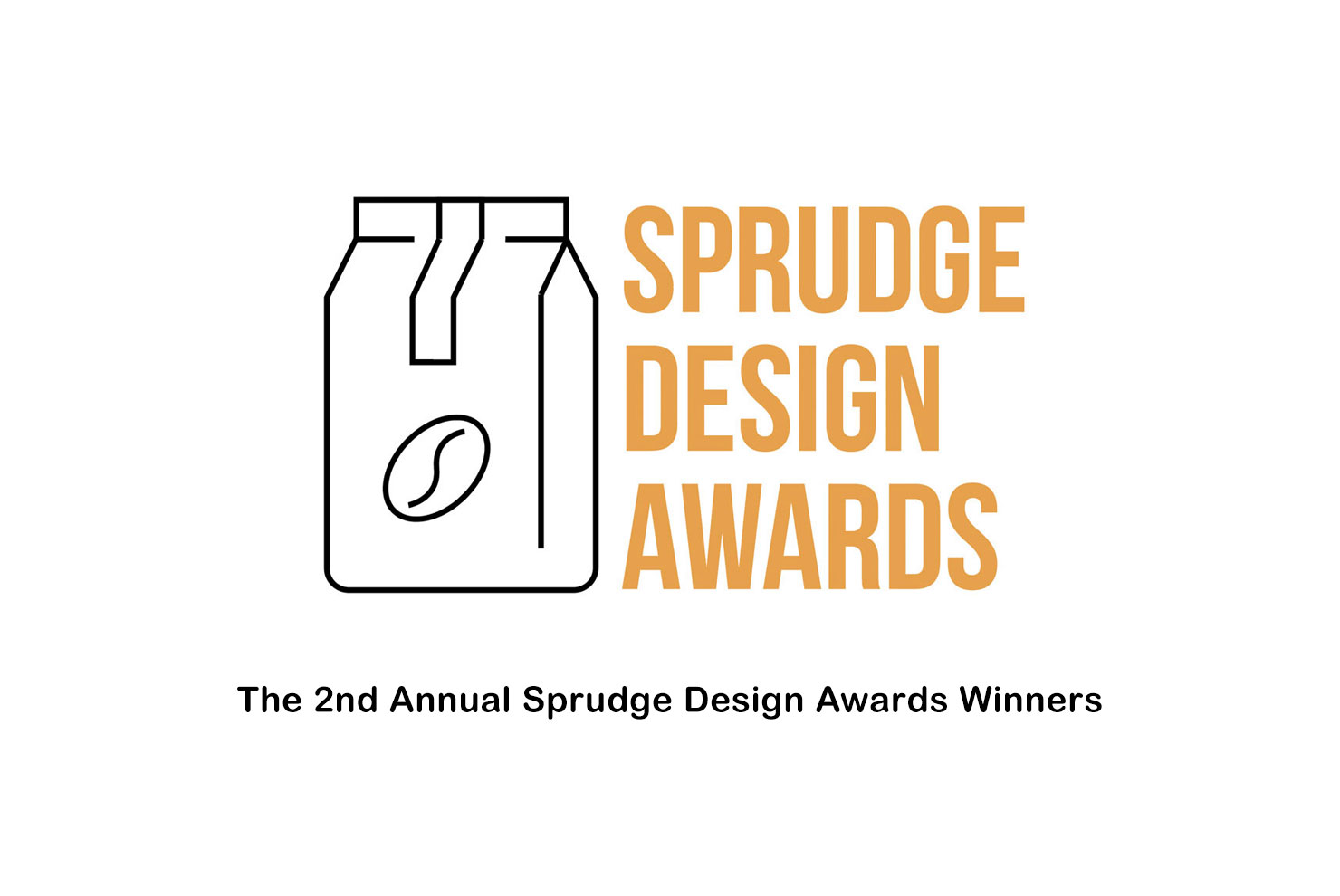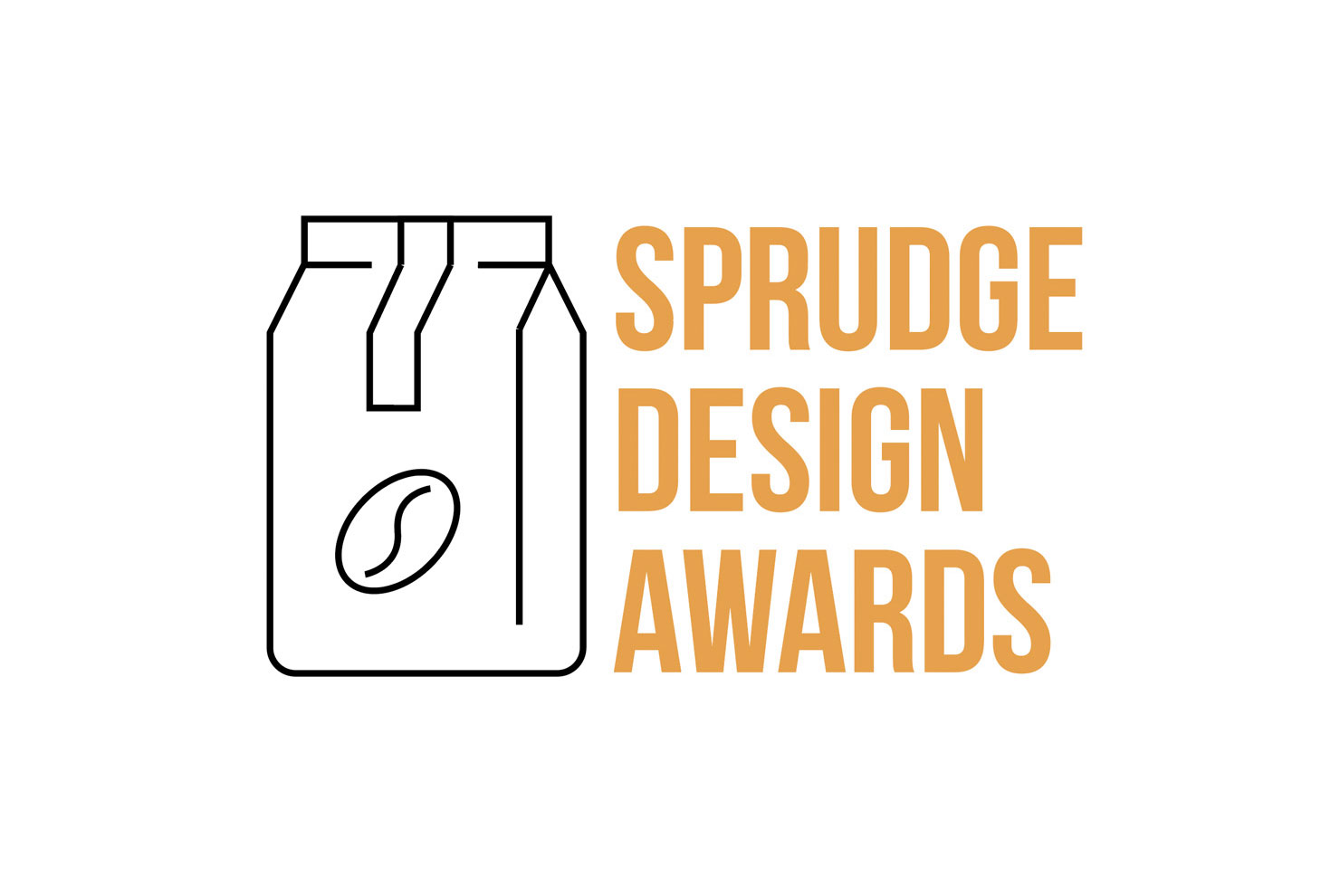The coffee world was a very different place twenty years ago. This was before the infusion era of tech-industry investments, venture capital and consolidation; back then the specialty coffee industry was a hodgepodge of many small businesses. On the evaluation side, a single form—introduced as the industry standard by the Specialty Coffee Association of America—was used to determine coffee quality, impacting price movement along the specialty value chain, which was only just really beginning to assert itself as a viable alternative to the almighty C Market.
Over the last there’s been tremendous global expansion and increased consumer interest in coffee, year-on-year growth in every segment of the sector, widespread increase in media attention and an explosion in the depth and breadth of coffee options for the consumer. But that quality assessment form, the one originally published by the SCAA, did not evolve with these changes, even as the SCAA merged with its European counterpart to from the new global Specialty Coffee Association.
The previous iteration of the cupping did a lot of heavy lifting, but its form mashed many attributes together. One’s subjective notes could be written down, but they didn’t affect the final score. The perceived value of farmworkers being paid a living wage or coffee lands owned by women producers was not quantifiable.
Now here in 2023, the SCA has rolled out its first significant update to this form in more than two decades. It is a massive, ambitious undertaking known as the Coffee Value Assessment (CVA), and today it is in a beta testing phase, announced at the 2023 SCA Expo in Portland, Oregon last spring. While the project is only getting started, its goal at the onset has deep meaning for the future of how coffee is bought, sold, and produced around the world, offering a more holistic approach to coffee scoring along the way.
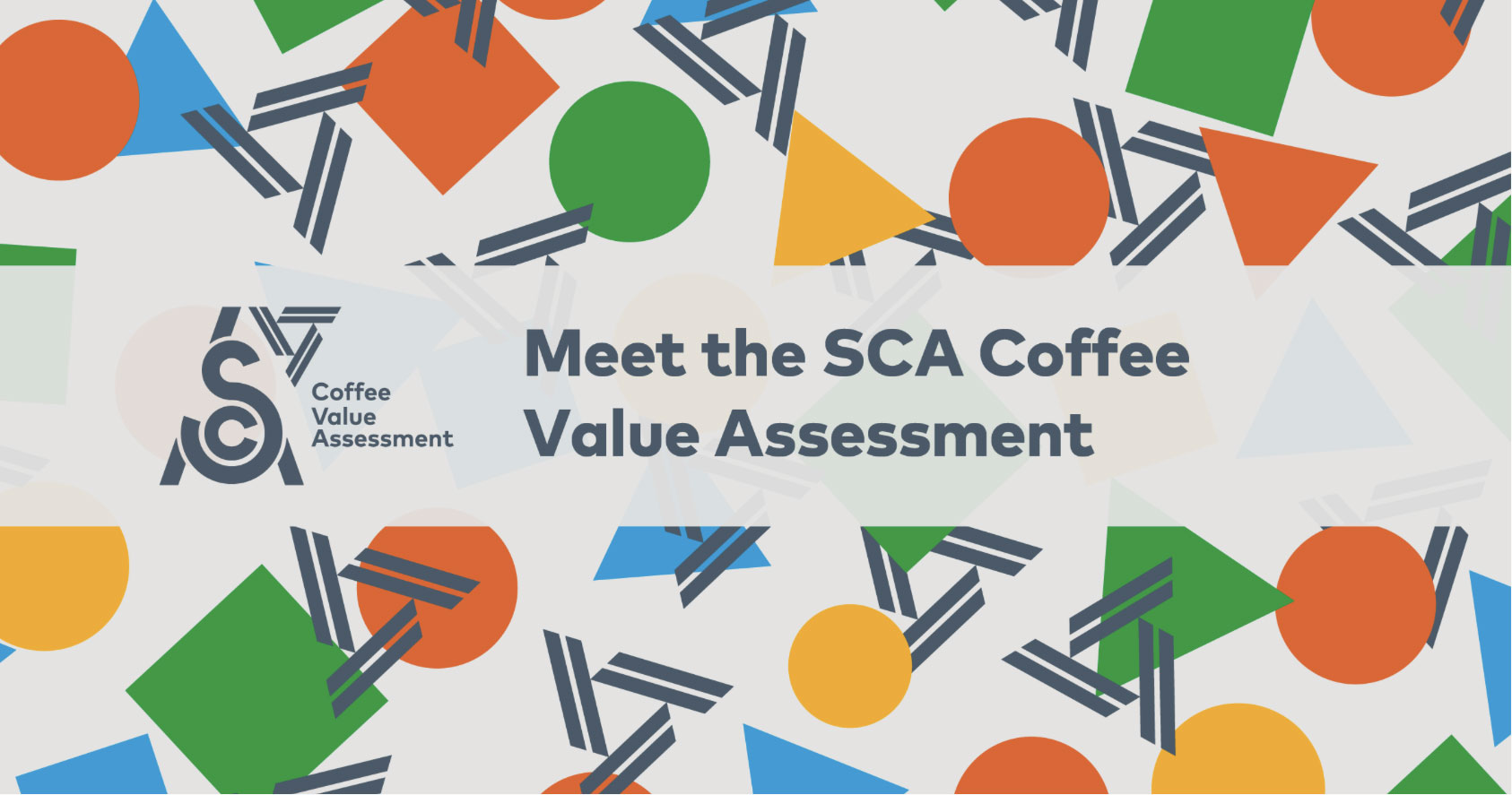
Think back to the first time you cupped coffee—and if you never have, please contact a quality-focused coffee roaster in your area and ask if they offer cupping opportunities. For me, it was a decade ago at one of Counter Culture Coffee’s weekly, open-to-the-public, free cupping sessions. There was a lot of emphasis on what you should and shouldn’t write as a tasting note—this approach was not unique to Counter Culture and was the norm at the time—personal memory references were on the no-no list. Instead, you were encouraged to pull more universal notes from the memory, so others could relate better. Your great-aunt’s blackberry-rhubarb pie was probably delicious, but no one else knows what you mean if you write that in as the note. On an aside, “universal notes” are still subjective in some way, which is why the World Coffee Research’s Sensory Lexicon exists: to globally calibrate flavors like blackberry (its reference is “Smucker’s Blackberry Jam”).
Cupping tables were notorious for gatekeeping and one of the major reasons why Umeko Motoyoshi released their flagship rainbow Big Dipper cupping spoon. “I think a lot of coffee professionals feel uncomfortable in cupping settings, but we feel pressured to act like we’re fine,” Motoyoshi told me when I interviewed them for a history of coffee spoons article.
The timeline for the CVA spans several years and is intentionally slow and methodical. As a result of the first phase of research and evaluation, a white paper was published, and a new definition of specialty coffee introduced in 2021: “Specialty coffee is a coffee or coffee experience recognized for its distinctive attributes, and because of these attributes, has significant extra value in the marketplace.” The current phase, “evolution,” is all about introducing the CVA through workshops or similar events. And next year, feedback will be incorporated and more testing will be done.
The new system divides assessments into four distinct parts (with definitions quoted below), which can be used separately or together, depending on your needs. The descriptive and affective assessments are in beta testing, and the extrinsic and physical assessments are in research and development.
- Descriptive: Focuses on profiling and characterizing the sensory attributes of coffee objectively
- Affective: Focuses on discovering the impression of quality of a coffee (for example, a cupper’s opinion of a coffee)
- Extrinsic: Focuses on profiling and characterizing the informational or symbolic attributes of coffee objectively
- Physical: Focuses on a coffee’s intrinsic properties like size, color, moisture content, and defects
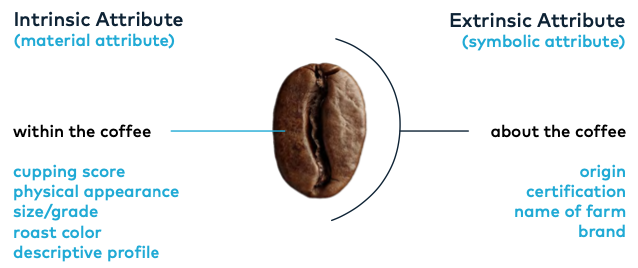
One of the critiques often levied at large organizations is the inability to change and adjust quickly to the times, whatever they may be. It’s unfortunate that this change has taken so long, but it’s also worth a moment of recognition that it does take a lot of buy-in for a global organization to undertake this.
I attended Re:co as part of Sprudge’s press team and sat in on a roundtable discussion about the value of coffee. Co-moderator and owner of JNP Coffee Jeanine Niyonzima-Aroian introduced herself by saying that when she cups coffee, she can taste the terroir, which to her, includes both emotional attachment and tank cleanliness.
Following this Symposium session, Niyonzima-Aroian’s lab in Burundi hosted a training on the CVA new system, and I was able to gather her impressions of it via ongoing correspondence. She believes that the changes will result in a more equitable and sustainable future in the industry because “the new forms provide people with some flexibility to allocate values to coffees based on the different markets.” She adds, “And also on what other values are considered important to the buyers, such as women-owned coffees and other certifications and/or practices.” In this attributes-based valuation system, Niyonzima-Aroian’s emotional attachment and tank cleanliness can be factored into the overall coffee value score.
Using the CVA will feel familiar to those who are used to SCA’s 2004 cupping form, but it does introduce new features. “What you really end up with is a bigger, more detailed picture of the coffee and that cupper’s experience and perception of it,” says Siobhan Browne, Quality Control Manager at Volcafe Specialty Coffee and Genuine Origin and a 17-year industry veteran. She attended a four-hour workshop on the CVA at Specialty Coffee Expo to learn the details in case any of her customers and suppliers start using it. Browne says that the reception of it was “fairly positive” and that people seemed ready for an update to the 20-year-old system that hasn’t changed to meet the times.
Browne adds, “I see the potential for this update to make coffee scoring more inclusive because it doesn’t detract from an individual’s experience. It brings that to the forefront.” The inclusive nature of the assessments was also what caught my eye, as the previous system was missing the nuance of values that differ across geographies, cultures, and positions in the coffee chain.
In a joint statement to Sprudge from SCA’s executive team, they wrote, “We anticipate that green coffee sellers—from individual producers to exporters and even some importers—will see significant, positive changes resulting from the new system.” The CVA was partially driven by the Coffee Price Crisis report’s recommendation of “rebalancing the power of buyers relative to growers/processes in assessments of coffee quality.”
As expected for any new system introduction, change will be slow and challenging in some aspects. “I think the greatest challenge, as is often the case with most change, will be the ‘old guard,’” says Royal Coffee’s Director of Education Chris Kornman. He had just finished leading the aforementioned training of eight cuppers at JNP’s lab. Kornman, who has 20 years of industry experience under his belt, elaborates: “The new system no longer allows a dominant cupper to enter the conversation and definitively tell a group of trainees that, based on ‘calibration,’ one coffee is inherently better than another. The new SCA value assessment draws heavily on modern understanding of true sensory science, and I think this shines an uncomfortable light on the highly subjective nature of some of CQI’s quality standards.”
There’s widespread enthusiasm for the new CVA, but also some skepticism. In a five-paragraph letter sent to the Q grader mailing list in mid-May, the Coffee Quality Institute’s (CQI) Interim CEO Bridget Carrington and Chair of Board of Trustees Kimberly Giroir wrote about CQI’s view on the new protocol. They said: “At CQI, we believe that coffee quality evaluation will remain valuable. While we see the potential of the CVA, we believe that the Q Grader Certification, using the existing SCA cupping form, will continue to play a crucial role in the industry.”
The letter’s title says volumes (“The value of understanding coffee quality”), and when combined with the closing paragraph’s line—“We are confident that the need to evaluate green coffee quality will remain”—it’s clear there are some initial doubts. While CQI is open to what the CVA may bring to the community, the organization doesn’t believe the protocols will be necessarily better at evaluating coffee quality than its current methods. In response to a request for an interview, CQI’s Director of Marketing and Communications Kristin Schrader sent the following: “There is no doubt that coffee is exciting and evolving, and that the industry is always in need of new tools to facilitate its journey from producer to consumer. We are actively looking to learn more and are listening to our community to understand how they are processing this additional system. We’ll see how the assessment evolves and take it from there.”
For those of us who are accustomed to a 100-point scale and drawing a firm 80-point line for specialty coffee, this new definition and approach will certainly take some getting used to. The new definition isn’t as digestible or bite-sized; it leaves one wondering what attributes are the ones that truly matter, and how to bridge the evident gulf in experiences that different cuppers of varied backgrounds bring to the table. But this is also an appeal: the attributes are tuned to one’s values. I’m feeling cautiously optimistic about the new system as a good step in adapting to the industry’s current trends—inasmuch that the rollout will be gentle and the feedback is incorporated.
As Browne told me: “I’m always excited to see change and progress. And this, to me, particularly feels like something that can make coffee—understanding quality and accessing tools to measure it—more accessible and, therefore, more diverse. Which is really important because we’ve been hearing too much from one majority group for too long.”
For their part, the SCA appears to be taking an interactive approach to feedback, and will be revising the CVA at various steps along the way. “A lot of our plan for how we’ll revise this in the future will come from feedback gathered throughout the early adopter period this year,” they told Sprudge. “But it’s likely that elements of the protocol and forms will happen on an as-needed basis.”
If you’re interested in participating as a beta tester, you can sign up here. This story is developing.
Jenn Chen (@thejennchen) is an Editor At Large at Sprudge Media Network. Read more Jenn Chen on Sprudge.









